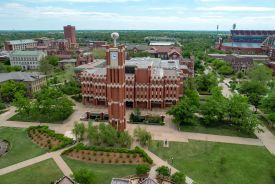A new technique of genetic testing will aid the test users in making more definite decisions about their health, the Atlantic reports.
Genetic testing came in the limelight in 2013 when U.S. actress Angelina Jolie opted for double mastectomy and a removal of her ovaries after learning that she had mutations in a gene called BRCAI.
BRCAI Tests search the gene for mutations that are known to increase the risk of breast cancer.
Very often, a genetic test returns with a "variant of unknown significance" or a VUS that could increase the chance of cancer by an unknown degree.
"Women who carry a VUS seek to make informed decisions about their bodies and their health," says Andrea Downing, an activist and BRCA1-mutation carrier.
"It's very hard to do this without clarity about whether a VUS is harmful or benign."
"We as a field are consciously or unconsciously advocating for greater amounts of testing, but are we helping or hurting?"
The clarity on the variants can only be obtained by performing painstaking experiments to work out what each of these variants does..
In an approach presented at the American Society for Human Genetics 2015 conference, Starita and Shendure will study genes to work out what happens if they mutate it in every possible way.
Together with colleague Stan Fields, Straita put the whole library of mutants through biochemical tests, and scored them according to how well they perform their typical jobs. The team then developed a way of converting the scores into predictions of risk, which tell whether a particular mutation is likely to be harmful, benign, or somewhere in between.
The results aren't ready for clinical use yet, since the team still has to confirm the accuracy of their predictions.
© 2025 University Herald, All rights reserved. Do not reproduce without permission.








